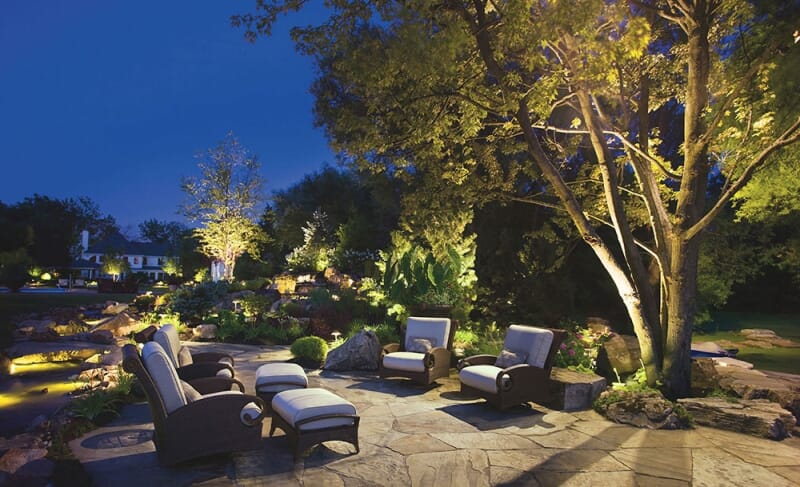views
Why Outdoor Lighting is Essential for Your Property’s Aesthetic
Outdoor lighting plays a vital role in shaping the visual identity of any property. It immediately elevates curb appeal, defines landscaping, and adds dimension and structure to exterior architecture. Whether it’s a residential yard, commercial facade, or public space, proper outdoor illumination creates ambience, safety, and cohesion.
Lighting is not only a tool for visibility but also a core design element. It highlights textures, outlines pathways, and sets emotional tones from welcoming warmth to modern elegance. As both a functional and aesthetic investment, outdoor lighting directly impacts how properties are perceived, used, and valued.
A well-designed lighting scheme reinforces architectural strengths while minimizing potential hazards. It allows landscapes to remain visually dynamic after sunset, transforming familiar surroundings into immersive, layered environments. This guide breaks down the full scope of outdoor lighting's impact, common types, technical specifications, and essential pre-installation considerations.

Types of Outdoor Lighting
Each lighting type serves a specific functional and aesthetic purpose. Understanding their roles allows for better visual planning and improved usability of outdoor spaces.
Common Outdoor Lighting Types
Bonus Tip:
Use a mix of uplighting and downlighting to create depth and texture across the property.
Technical Specifications for Outdoor Lighting
Understanding the technical aspects helps ensure the lighting system is both effective and durable. Choosing the right specs helps maintain consistency in tone, brightness, and energy efficiency.
Key Technical Factors

Bonus Tip:
Choose fixtures with adjustable beam angles and dimmable features to adapt lighting across seasons and events.
Design Considerations That Shape Visual Appeal
Outdoor lighting is both a science and an art. Visual cohesion depends on how color, placement, and intensity are layered across the outdoor environment.
Color Temperature and Mood
-
Warm white (2700K–3000K) creates a cozy, inviting look suitable for traditional homes and gardens.
-
Neutral or cool white (3500K–4500K) emphasizes sleek lines and geometric patterns, fitting for modern exteriors.
-
Consider using cooler temperatures for high-security areas and warmer tones in relaxation zones like patios.
Layered Lighting Strategy
Use three essential layers:
-
Ambient: General lighting that forms the base level of illumination (flood, wall lights).
-
Task: Focused lighting in utility zones like stairs, cooking areas, or entry points.
-
Accent: Decorative lighting that draws attention to plants, art, or architectural features.
Layering provides depth and reduces harsh contrasts between lit and unlit areas. An effective design blends these layers without visual clutter.
Lighting Placement Techniques
-
Silhouetting: Places the light source behind an object to create a dark outline effect.
-
Shadowing: Lights an object from the front to cast interesting shadows against walls.
-
Grazing: Positioned close to textured surfaces to highlight material detail.
-
Wall Washing: Softens large surfaces with uniform light, useful for facades.
Integrated Market Insight:
According to the American Lighting Association, properties with well-designed outdoor lighting systems see up to a 30% boost in curb appeal and can sell up to 20% faster in some real estate markets.
Things to Consider Before Making a Decision
Thoughtful planning ensures the lighting system aligns with functional goals, design styles, and property constraints.
-
Purpose: Clarify whether the lighting is for aesthetics, safety, functionality, or a combination.
-
Budget: Include costs for fixtures, installation, wiring, transformers, and ongoing maintenance.
-
Fixture Durability: Use materials resistant to rust, UV degradation, and salt exposure in coastal areas.
-
Power Access: Determine whether grid access is nearby or if off-grid solar is more feasible.
-
Lighting Control: Decide between manual switches, timers, motion sensors, or smart automation.
-
Regulations: Verify compliance with local ordinances around brightness, coverage, and fixture types.
-
Maintenance Requirements: Assess how often you'll need to clean lenses or replace bulbs.
</






















Comments
0 comment